Spider Webs: Behavior, Function, and Evolution, Eberhard
Por um escritor misterioso
Last updated 06 junho 2024
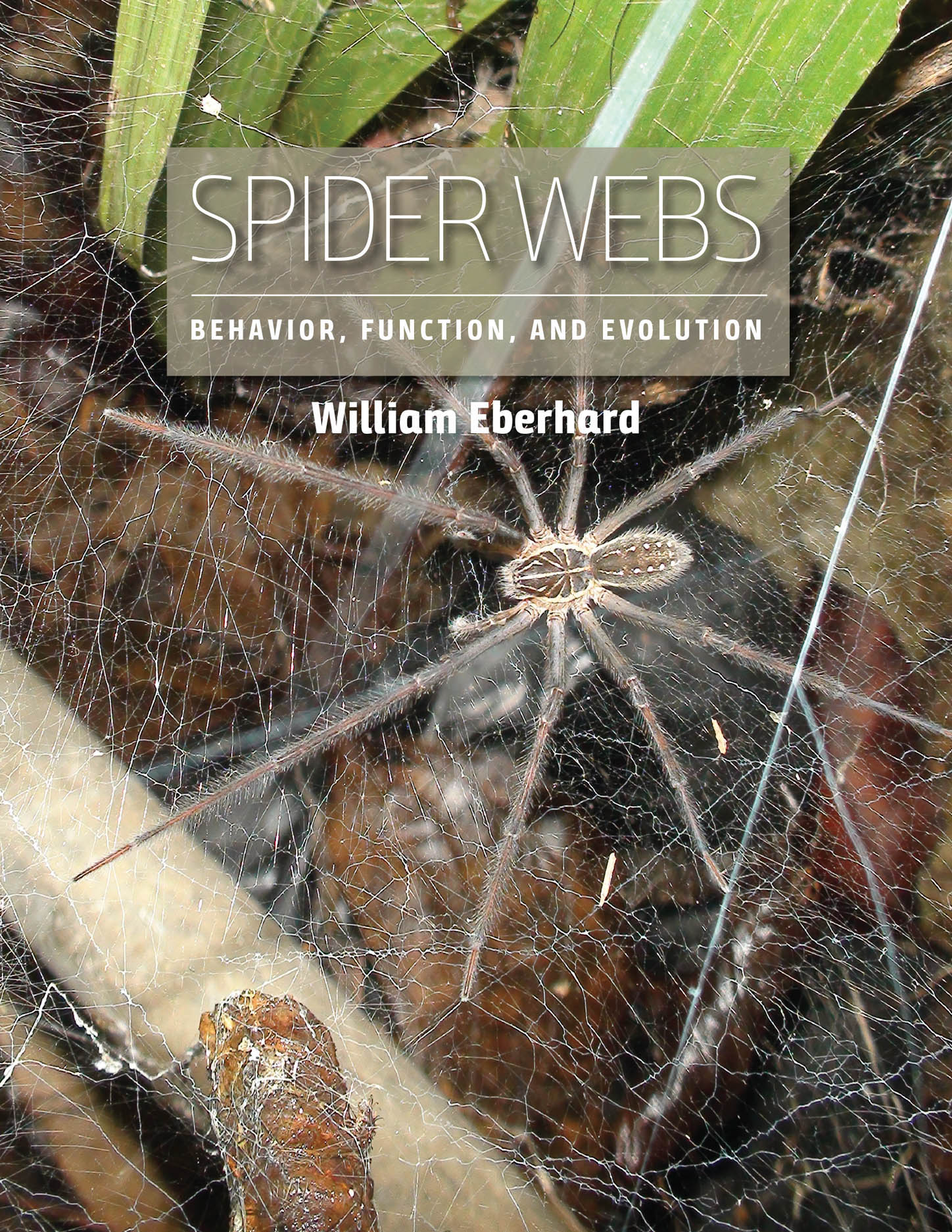
In this lavishly illustrated, first-ever book on how spider webs are built, function, and evolved, William Eberhard provides a comprehensive overview of spider functional morphology and behavior related to web building, and of the surprising physical agility and mental abilities of orb weavers. For instance, one spider spins more than three precisely spaced, morphologically complex spiral attachments per second for up to fifteen minutes at a time. Spiders even adjust the mechanical properties of their famously strong silken lines to different parts of their webs and different environments, and make dramatic modifications in orb designs to adapt to available spaces. This extensive adaptive flexibility, involving decisions influenced by up to sixteen different cues, is unexpected in such small, supposedly simple animals. As Eberhard reveals, the extraordinary diversity of webs includes ingenious solutions to gain access to prey in esoteric habitats, from blazing hot and shifting sand dunes (to capture ants) to the surfaces of tropical lakes (to capture water striders). Some webs are nets that are cast onto prey, while others form baskets into which the spider flicks prey. Some aerial webs are tramways used by spiders searching for chemical cues from their prey below, while others feature landing sites for flying insects and spiders where the spider then stalks its prey. In some webs, long trip lines are delicately sustained just above the ground by tiny rigid silk poles. Stemming from the author’s more than five decades observing spider webs, this book will be the definitive reference for years to come.
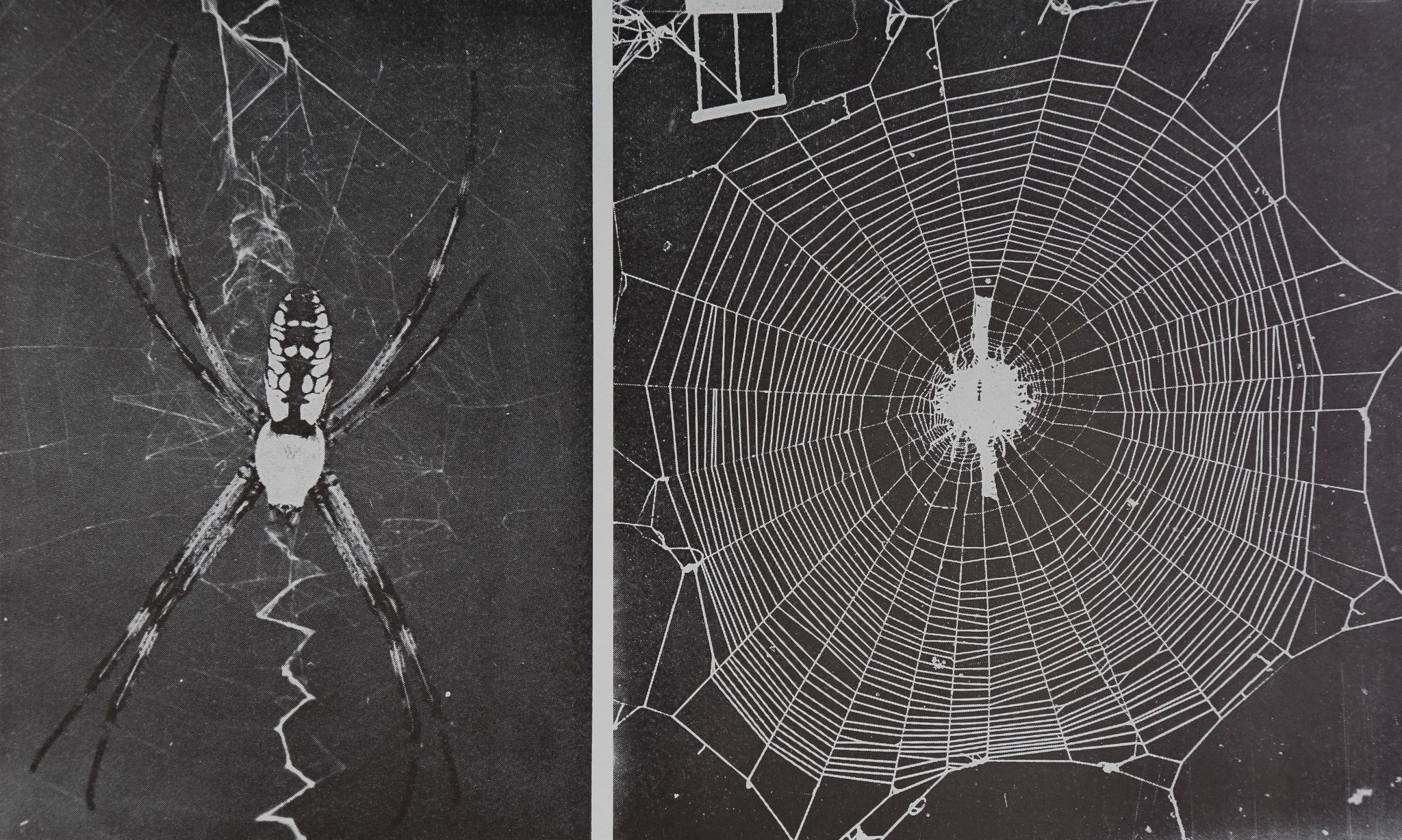
WEB-SITE SELECTION BY ORB-WEB SPIDERS, PARTICULARLY ARGIOPE AURANTIA LUCAS Animal Behavior - Dr. Peter N Witt

SHEET WEBS OF LINYPHIOID SPIDERS (ARANEAE: LINYPHIIDAE, PIMOIDAE): THE LIGHT OF DIVERSITY HIDDEN UNDER A LINGUISTIC BASKET

Complexity of Spider Dragline Silk
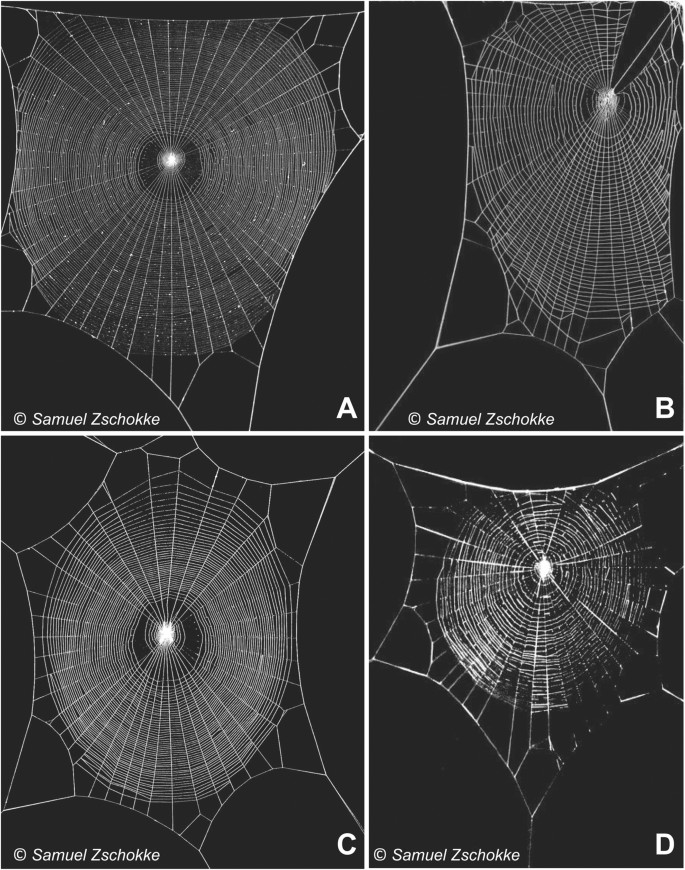
The secondary frame in spider orb webs: the detail that makes the difference
In this lavishly illustrated, first-ever book on how spider webs are built, function, and evolved, William Eberhard provides a comprehensive overview
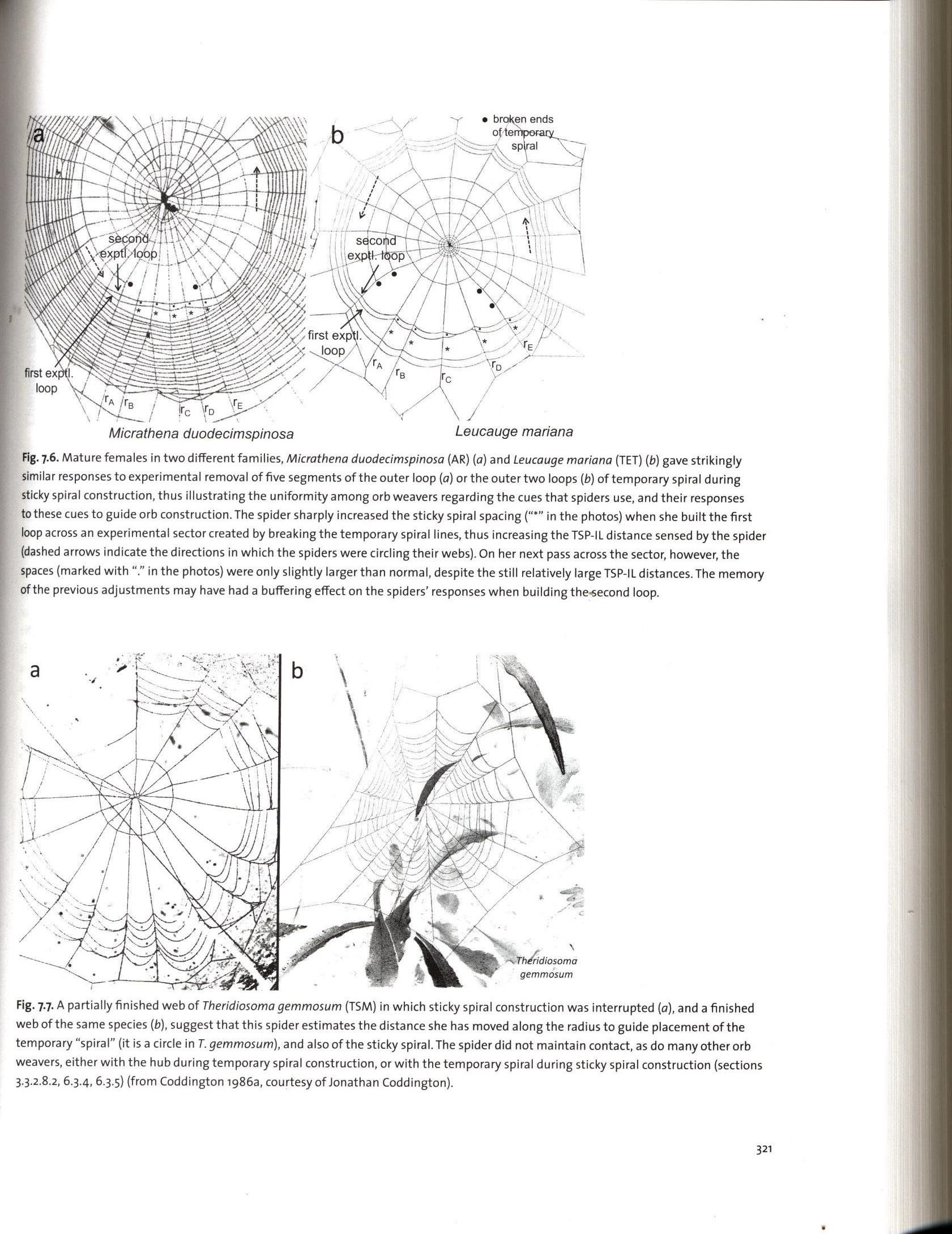
Spider Webs: Behavior, Function, and Evolution

PDF) How Did the Spider Cross the River? Behavioral Adaptations for River-Bridging Webs in Caerostris darwini (Araneae: Araneidae)

Spider webs inspiring soft robotics Journal of The Royal Society Interface

Book review – Spider Webs: Behavior, Function, and Evolution
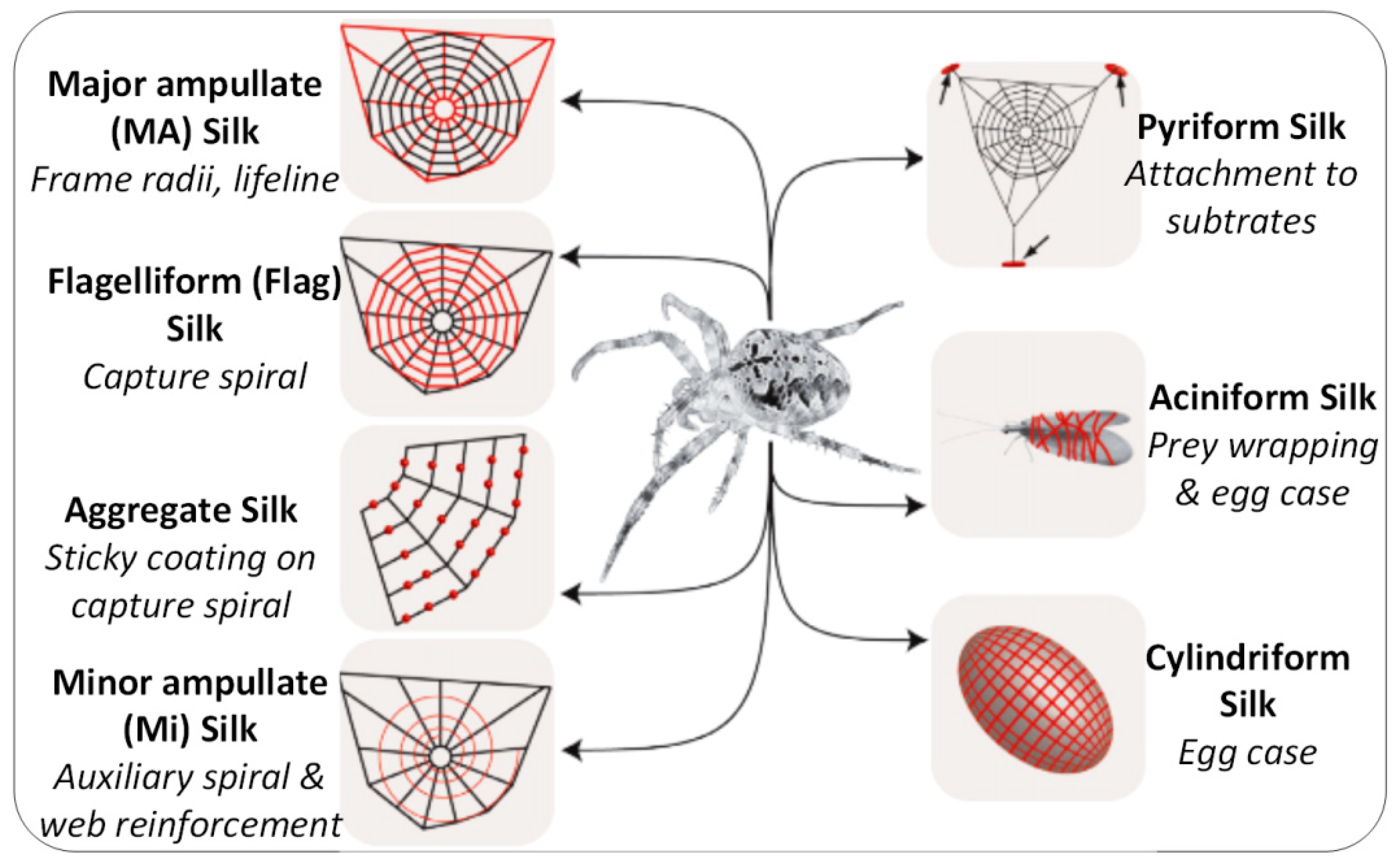
J. Compos. Sci., Free Full-Text
Why can't we replicate a spider web and use it? - Quora

PDF) Adaptive flexibility in cues guiding spider web construction and its possible implications for spider cognition

Figure 2 from Reconstructing web evolution and spider diversification in the molecular era

Phylogenomic Analysis of Spiders Reveals Nonmonophyly of Orb Weavers: Current Biology
Recomendado para você
-
 A closer look at spider webs - Inside Ecology06 junho 2024
A closer look at spider webs - Inside Ecology06 junho 2024 -
 Cobweb vs. Spiderweb06 junho 2024
Cobweb vs. Spiderweb06 junho 2024 -
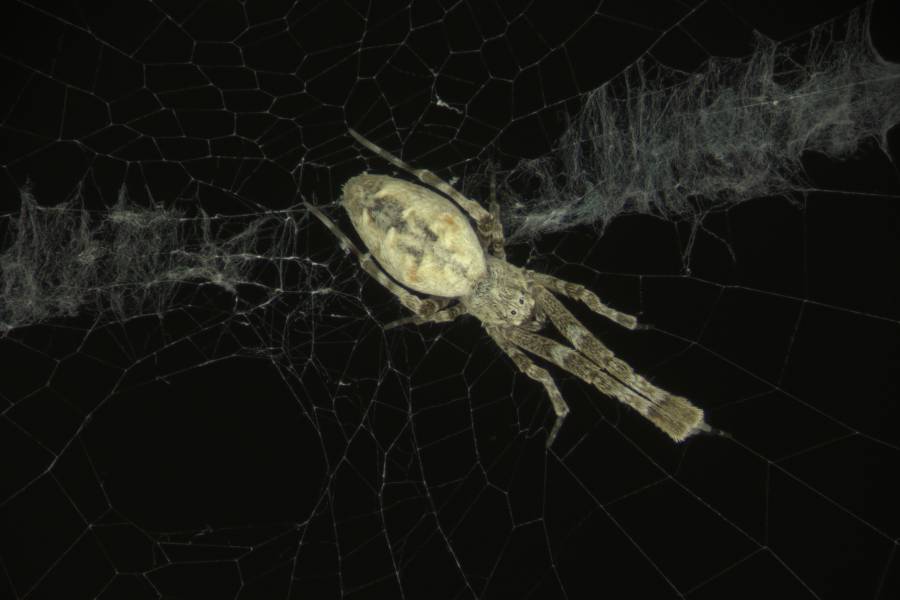 Spiders' web-making secrets unraveled06 junho 2024
Spiders' web-making secrets unraveled06 junho 2024 -
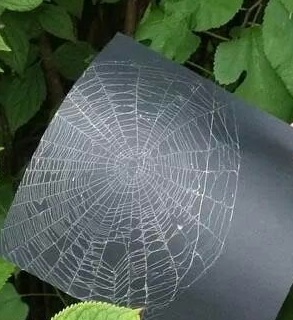 Preserve A Spider Web06 junho 2024
Preserve A Spider Web06 junho 2024 -
 Why Do Spiders Weave Webs? – Maggie's Farm Ltd06 junho 2024
Why Do Spiders Weave Webs? – Maggie's Farm Ltd06 junho 2024 -
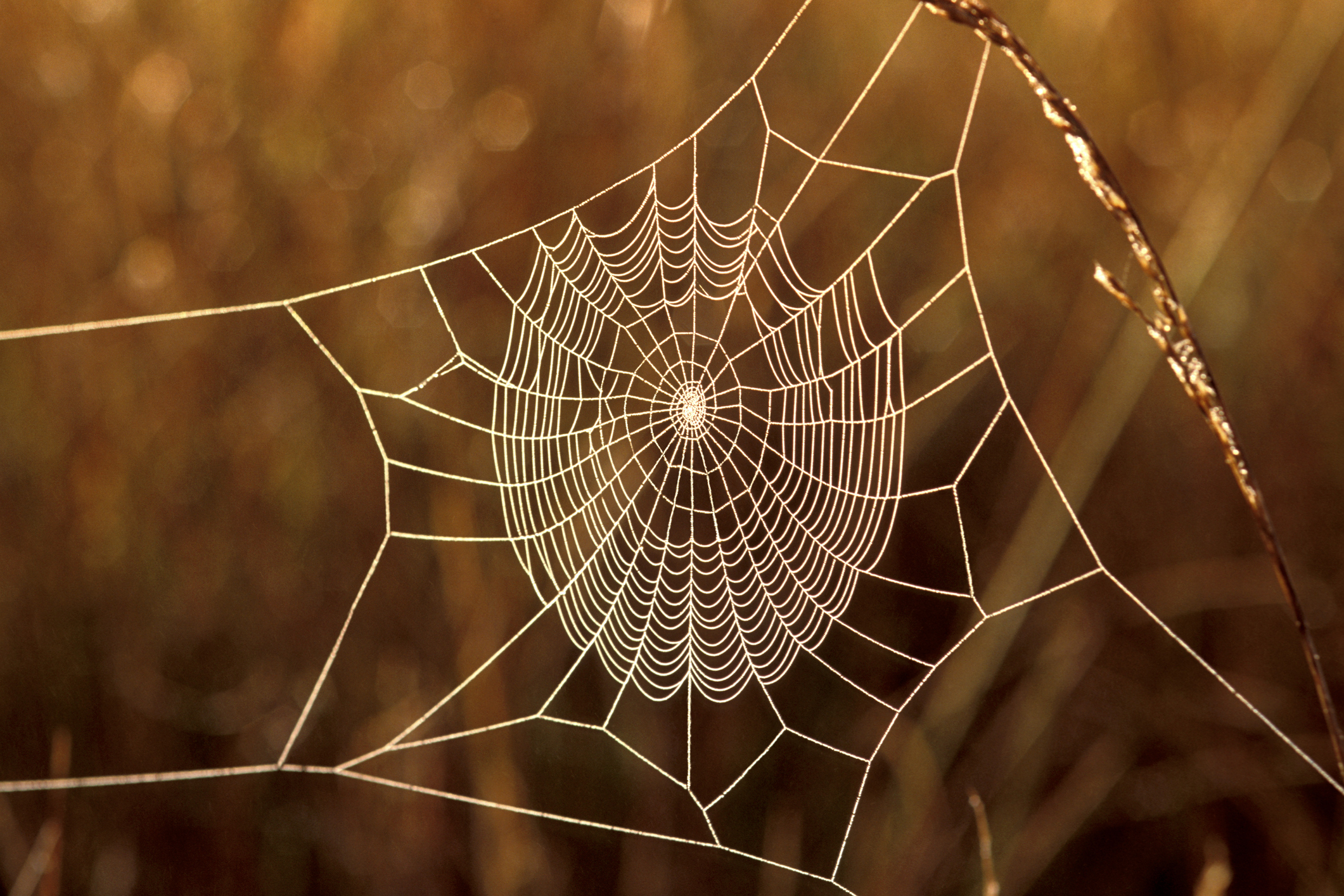 How to photograph a spider's web - Discover Wildlife06 junho 2024
How to photograph a spider's web - Discover Wildlife06 junho 2024 -
 Giant Yarn Spider Web - MADE EVERYDAY06 junho 2024
Giant Yarn Spider Web - MADE EVERYDAY06 junho 2024 -
 Some spiders may spin poisonous webs laced with neurotoxins06 junho 2024
Some spiders may spin poisonous webs laced with neurotoxins06 junho 2024 -
/cloudfront-us-east-2.images.arcpublishing.com/reuters/XAZDQDPV3VJRVJH2CCQBJRJ7EI.jpg) Listen to the music of a spider's web. Tell me what do you hear?06 junho 2024
Listen to the music of a spider's web. Tell me what do you hear?06 junho 2024 -
/https://tf-cmsv2-smithsonianmag-media.s3.amazonaws.com/filer/8c/b4/8cb42b38-6d40-432a-b6ec-e8039515af18/spider.jpg) Spiders Get Information From the Vibrations of Their Webs, Smart News06 junho 2024
Spiders Get Information From the Vibrations of Their Webs, Smart News06 junho 2024
você pode gostar
-
 Fruit Ninja v2.6.12.499627 Unlimited Golden Apples & Starfruit (Updated) Mod apk06 junho 2024
Fruit Ninja v2.6.12.499627 Unlimited Golden Apples & Starfruit (Updated) Mod apk06 junho 2024 -
 The 30 Best Xbox One Games of All Time06 junho 2024
The 30 Best Xbox One Games of All Time06 junho 2024 -
feeling sad#removing sticker# modification time start# #dio lovers#wa06 junho 2024
-
 FCC extend loan of Franko Kovačević06 junho 2024
FCC extend loan of Franko Kovačević06 junho 2024 -
 Demon Fall Going From Noob To Love Breathing In One Video - BiliBili06 junho 2024
Demon Fall Going From Noob To Love Breathing In One Video - BiliBili06 junho 2024 -
 Watch Game of Zones06 junho 2024
Watch Game of Zones06 junho 2024 -
 GameBoy Advance D-Pad Spacer by Dash Lambda, Download free STL model06 junho 2024
GameBoy Advance D-Pad Spacer by Dash Lambda, Download free STL model06 junho 2024 -
 quê isso andrezitos : r/andreyoung06 junho 2024
quê isso andrezitos : r/andreyoung06 junho 2024 -
 Senran Kagura's Homura Goes Wild In Nitroplus Blasterz: Heroines Infinite Duel - Siliconera06 junho 2024
Senran Kagura's Homura Goes Wild In Nitroplus Blasterz: Heroines Infinite Duel - Siliconera06 junho 2024 -
 Animan Studios Sticker for Sale by BuyFromHere06 junho 2024
Animan Studios Sticker for Sale by BuyFromHere06 junho 2024
